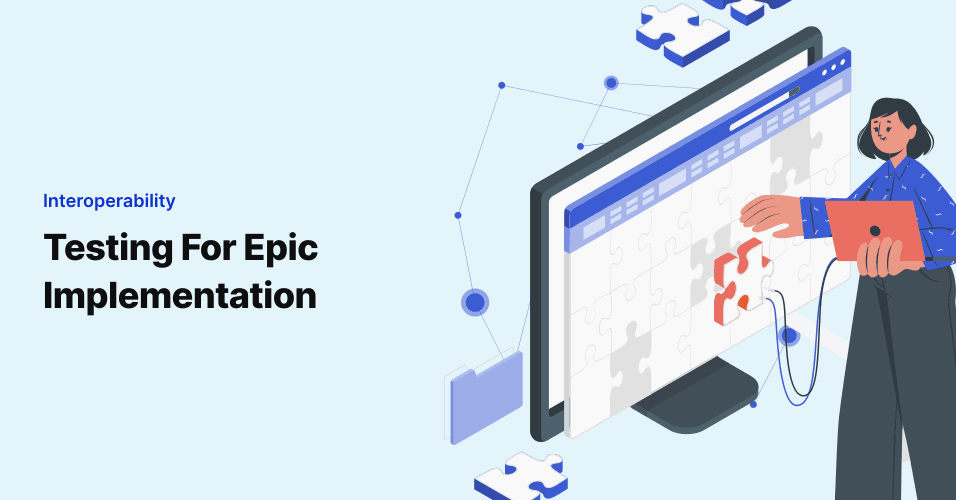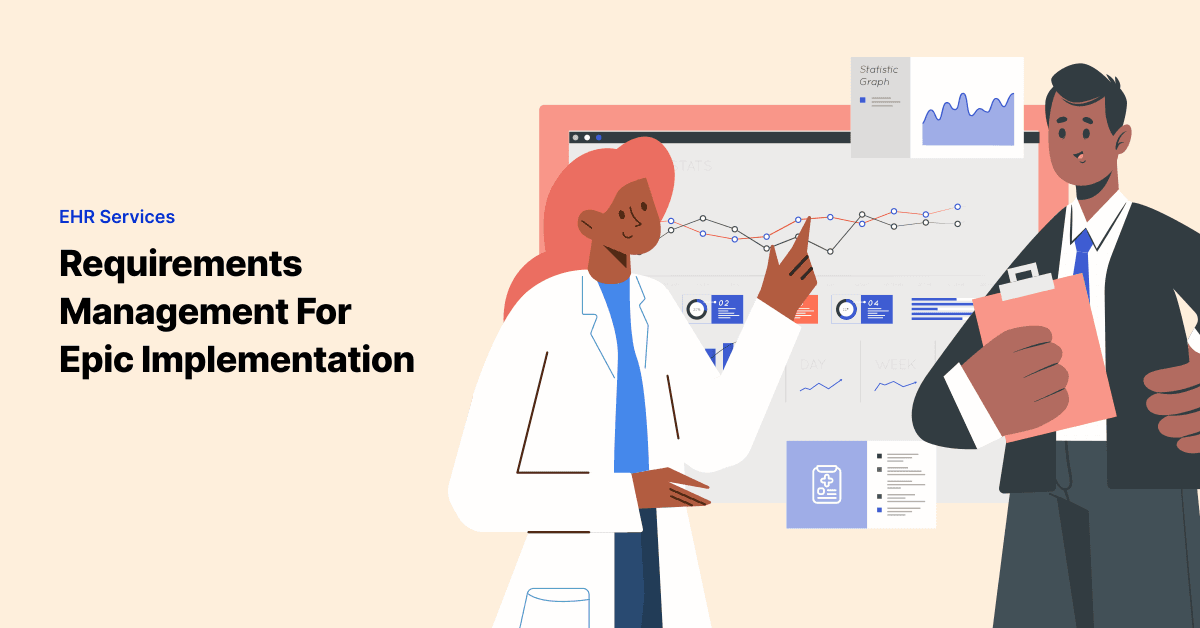
How To Taper Down Support After Epic Go-live
Making the transition to Epic is a stellar move for hospitals and health systems. Sure, it takes considerable …

One of the important functions of well-executed UAT is that the Epic implementation project team can establish a line in the sand in terms of when the work is considered done (at least for now). Development, configuration, and interface management of the EHR solution can certainly take much of the focus of the overall project, but it’s the attention to detail upon delivery that can drive Go-live success and ultimately adoption. UAT is a huge part of this, requiring that designated testers walk through core functionality and use cases as expected to support their clinical workflows.
Without formal test cases to drive this validation, however, there’s very little confidence that an end user has actually established that expected functionality is present in total, and that clinical throughput will not suffer when cutover occurs. This is highly risky, so it benefits hospitals greatly to make sure adequate test case tools are made available to drive process-oriented testing. (And these don’t have to be overly complicated; a solid Excel sheet can get the job done just fine without bells and whistles.)
The other benefit of leveraging documented test cases is that UAT can also help reinforce best practice usage of Epic as a follow up to training. Going through classroom or digital learning instruction for the EHR is one thing, but actually getting hands-on time with the solution is where end users can really solidify their understanding of the application and proceed with confidence and accuracy. This also avoids users trying to force the tool to operate in an unexpected manner, which can lead to frustration and potentially even technical issues.
While the best healthcare IT is intuitive enough to operate without a lot of direction, it’s still prudent to instruct end users how to navigate solutions in a manner that is grounded in their real-life applications, such as relevant clinical use cases translated into detailed test cases. This drives mastery and ensures that the configurations and connections in place actually serve the intended purpose and function as needed.
Given the complexity and vital nature of the EHR functioning as expected — every time, without fail — it’s a no-brainer that any changes or implementation efforts for Epic are properly validated before release to healthcare providers on the front lines. Smoke tests may be acceptable during the development process to quickly vet small tweaks. But when it comes to the formal implementation of Epic, User Acceptance Testing must be driven by documented test cases that cover the full spectrum and level of detail required to set physicians up for success.
Join over 3,200 subscribers and keep up-to-date with the latest innovations & best practices in Healthcare IT.

Making the transition to Epic is a stellar move for hospitals and health systems. Sure, it takes considerable …

The range of vendors and healthcare IT solutions on the market offer unprecedented choices to health systems …

Despite the tech savviness of most hospital IT departments, one of the challenges that comes when implementing …